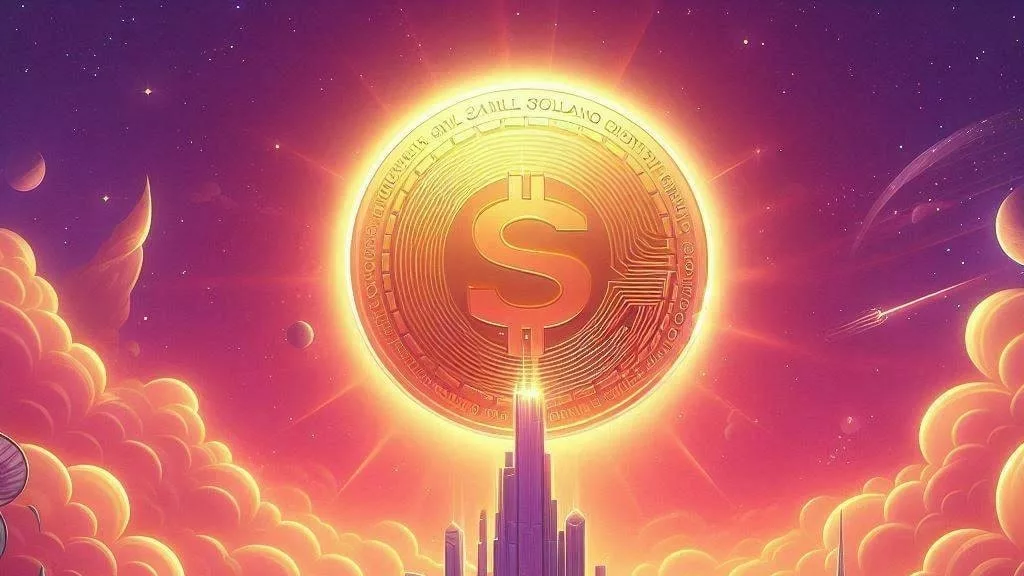
The cryptocurrency market has recently experienced a significant downturn, leaving investors and enthusiasts alike scratching their heads. At the center of this tumultuous landscape lies Mt. Gox, a name synonymous with both nostalgia and controversy in the world of digital assets. The catalyst? A jaw-dropping $5 billion transaction that has sent shockwaves rippling through the industry, reshaping market dynamics and rekindling discussions about Mt. Gox’s enduring legacy.
Mt. Gox, once hailed as the crown jewel of crypto currency exchanges, fell from grace in 2014 following a catastrophic hack that resulted in the loss of hundreds of millions of dollars worth of Bitcoin. Since then, the exchange has languished in bankruptcy proceedings, leaving a trail of disillusionment and distrust in its wake. However, recent developments have thrust Mt. Gox back into the spotlight, albeit under vastly different circumstances.
In a move that caught many off guard, Mt. Gox executed its first major transaction in five years, transferring approximately 75,000 Bitcoin valued at a staggering $5 billion. The sheer magnitude of this transaction has reignited debates about Mt. Gox’s role in the cryptocurrency ecosystem and its potential to influence market sentiment. While some view the transaction as a long-overdue step towards resolution, others remain wary of its broader implications for market stability.
The immediate fallout from Mt. Gox’s transaction was palpable, with the total cryptocurrency market cap experiencing a sharp decline. Despite this setback, the market cap managed to hover around the $2.48 trillion mark, a testament to the resilience of digital assets in the face of adversity. However, concerns linger about the potential for further depreciation if the current bearish sentiment persists.
Bitcoin, the proverbial bellwether of the cryptocurrency market, bore the brunt of Mt. Gox’s transaction, with its price plummeting by 2%. This decline pushed Bitcoin below the critical support level of $68,500, prompting fears of a sustained downtrend. While the possibility of further downside remains a point of contention, analysts are closely monitoring key support levels for signs of a potential reversal.
Altcoins, too, felt the reverberations of the market downturn, with many struggling to maintain their upward trajectory. Lido DAO, a decentralized autonomous organization that facilitates staking on the Ethereum network, faced stiff resistance as it attempted to breach the critical $2.6 level. Despite recent gains, Lido DAO faltered in its efforts, signaling a shift in market sentiment from bullish to bearish.
As investors grapple with the fallout from Mt. Gox’s transaction, sentiment within the cryptocurrency community remains divided. Some view the transaction as a necessary step towards resolving the exchange’s long-standing legal woes, while others express skepticism about its potential to disrupt market stability. Amidst the uncertainty, experts are urging caution and vigilance in navigating the volatile cryptocurrency market.
While Mt. Gox’s transaction may have triggered the recent downturn, underlying factors such as regulatory scrutiny and macroeconomic trends cannot be overlooked. As investors reassess their positions and adjust their strategies accordingly, one thing remains clear: the cryptocurrency market is as unpredictable as it is lucrative. By staying informed, exercising caution, and maintaining a diversified portfolio, investors can navigate the ever-changing landscape of digital assets with confidence and resilience.
In conclusion, the recent decline in the cryptocurrency market, fueled by Mt. Gox’s $5 billion transaction, serves as a stark reminder of the market’s inherent volatility. While the immediate implications may be concerning, savvy investors recognize that volatility breeds opportunity. By embracing uncertainty and adopting a long-term perspective, investors can position themselves for success in the dynamic world of digital assets.


Get the latest Crypto & Blockchain News in your inbox.